
What Makes Uji Matcha Better Than Other Teas?
When people hear about matcha (Japanese green tea), they usually think of its bright green color or earthy taste.

When people hear about matcha (Japanese green tea), they usually think of its bright green color or earthy taste.
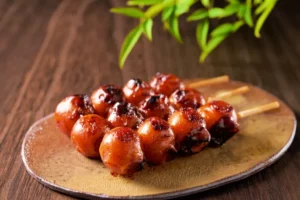
If you’ve ever visited Japan or seen photos of its food, you might have spotted little rice dumplings on a stick. These chewy treats are called mitarashi dango, and they’re one of Japan’s most beloved traditional sweets.

Step into art that moves, glows, and comes to life all around you. The art collective teamLab is opening a new museum in Kyoto, Japan, called teamLab Biovortex Kyoto. It opened on October 7, 2025, and it’s just a short walk from Kyoto Station.
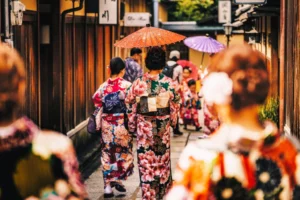
When you think about Japanese culture, you might picture tea ceremonies, cherry blossoms, or a polite bow with a greeting. But underneath those traditions lies another essential idea, giri (duty, obligation, social responsibility).
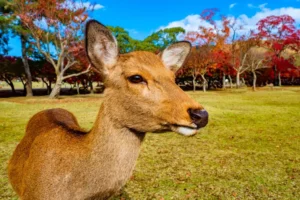
If you’ve ever walked through Nara Park, you probably remember one thing most: the deer. These gentle animals, with curious eyes and playful bows for senbei (rice crackers), are the city’s most famous residents. They may look like the perfect sign of harmony between people and animals, but the truth is more complex.

When people think about Japanese food, kanten might not be their first thought. But this soft, jelly-like food has been used in Japanese cooking for centuries.
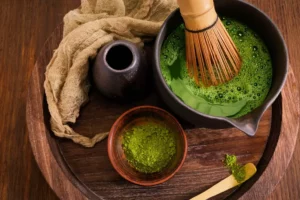
Japan is often linked with peaceful gardens, quiet temples, and wooden tea houses where a graceful tea ritual occurs. This is chanoyu (the Japanese tea ceremony), a practice that is much more than drinking Japanese green tea. Starting with Zen Buddhism, which has been refined over centuries, it combines art, religion, philosophy, and social life into one mindful tradition.

Every autumn, people in Japan gather to honor the moon. This tradition is called tsukimi (moon viewing). The festival mixes natural beauty, poetry, folklore, and tasty seasonal foods into one glowing celebration. It began long ago as a harvest ritual.
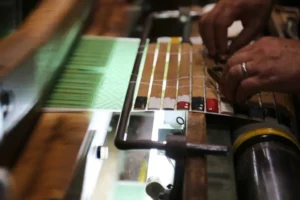
Have you ever wondered how ancient art can survive in a modern world? One extraordinary example is Nishijin-ori (Nishijin weaving), a traditional craft that turns silk into breathtaking works of art.

Many hoped the Expo would become a proud cultural moment for Japan and inspire visitors from around the globe. But just a few weeks in, opinions are mixed. Some are impressed, while others feel there’s room for improvement. Keep reading to learn what’s working well and what could improve.

From underground clubs to peaceful jazz cafés, jazz has shaped and been shaped by Japan’s culture for over a century. Keep reading as we take you on a journey through Japanese jazz’s rich history and unforgettable artists.

If you wanted a magical dining experience in Tokyo, Hotel Chinzanso Tokyo was the place to go. This beautiful and fancy hotel was known for its peaceful garden and kind service. It hosted the Firefly Evening Dinner Buffet, a special summer event with delicious food and glowing fireflies.
Join our newsletter and receive tasty news and deals
Thanks! We just sent you an email to confirm your subscription. To finish signing up, please click the confirmation link in the email.
Error